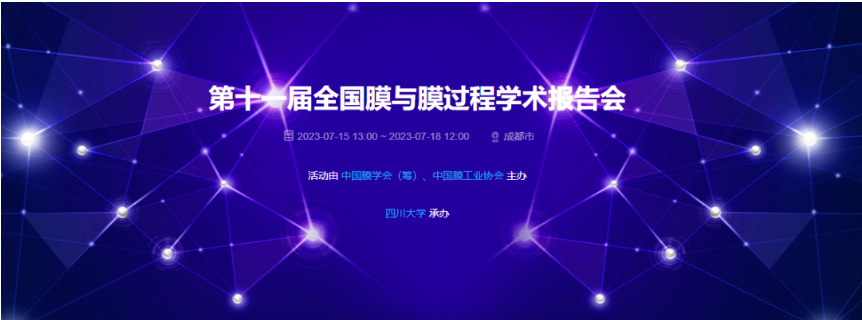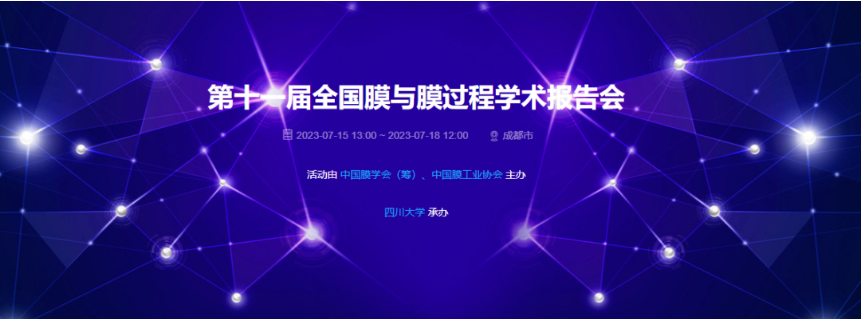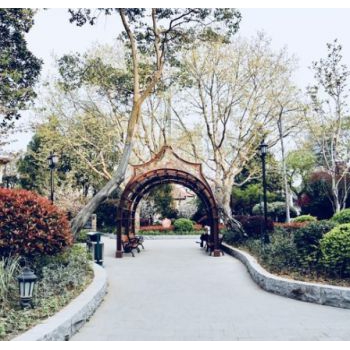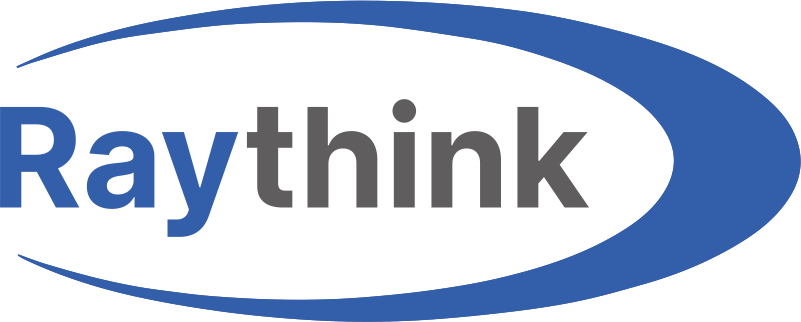百欧林简报- KSV NIMA LB膜分析仪ZX文献-2020年第8期
1. Name:Shell-Isolated Nanoparticle-Enhanced Luminescence of Metallic Nanoclusters
Authors:Mei Li, Peng Yuan, Qing-Qi Chen, Long-Hui Lin, Petar M. Radjenovic, Yong-Lin He, Jing-Yu Wang, Fan-Li Zhang, Shi-Yi Luo, Nanfeng Zheng, Sanjun Zhang, Zhongqun Tian and Jian-Feng Li
Journal:Analytical Chemistry
DOI: 10.1021/acs.analchem.0c00600
Abstract:Metallic nanoclusters (NCs) have molecular-like structures and unique physical and chemical properties, making them an interesting new class of luminescent nanomaterials with various applications in chemical sensing, bio-imaging, optoelectron-ics, light-emitting diodes (LEDs) etc. However, weak photoluminescence (PL) limits the practical applications of NCs. Herein, an effective and facile strategy of enhancing the PL of NCs was developed using Ag shell-isolated nanoparticle (Ag SHIN)-enhanced luminescence platforms with tuned SHINs shell thicknesses. 3D-FDTD theoretical calculations, along with femto-second transient absorption and fluorescence decay measurements were performed to elucidate the enhancement mecha-nisms. Maximum enhancements of up to 231-fold for the [Au7Ag8(C≡CtBu)12]+ cluster and 126-fold for DNA-templated Ag NCs (DNA-Ag NCs) were achieved. Evidencing a novel and versatile method of achieving large PL enhancements with NCs with potential for practical bio-sensing applications for identifying target DNA in ultrasensitive surface analysis.
Link:https://pubs.acs.org/doi/abs/10.1021/acs.analchem.0c00600
2. Name:Covalent and noncovalent films made up of sulfonimide-based dendrimers
Authors: Julia Bondareva, Sergey Luchkin, Sarkis Dagesyan, Alexander Egorov, Stanislav Evlashin and Oleg Lukin
Journal:Applied Surface Science
DOI: 10.1016/j.apsusc.2020.146345
Abstract:Dendrimers are unique macromolecules composed of branched monomers that are characterized by monodispersity, biocompatibility, and multivalent surfaces and are synthesized by the stepwise addition of repetitive units. Over recent years, dendrimers have been attractive materials as detecting agents, targeting components, imaging agents, or pharmaceutically active compounds. This study demonstrates the possibility of the formation and transfer of thin sulfonimide dendrimer films of different generations to solid surfaces using the Langmuir-Blodgett technique. The surface of sulfonimide dendrimers was functionalized with naphthalene end groups (from 4 to 64 groups). The developed noncovalent and covalent films showed the expected different contact angles due to the presence of the naphthyl groups attached to the dendrimer side, which can bond intramolecularly or intermolecularly. Changing the number of naphthyl groups allows control of the hydrophobic properties of the films, providing an opportunity to create two types of films with covalent and noncovalent bonding. The difference in contact angle between the 2nd and 5th generations of dendrimers was approximately 33°. The low-cost formation of such transparent water-repellent film imparting water repellency to a substrate while maintaining its inherent properties, such as color and morphology, can protect glass and painted surfaces from excessive humidity.
Link:https://www.sciencedirect.com/science/article/abs/pii/S0169433220311028
3. Name:Langmuir–Scheaffer Technique as a Method for Controlled Alignment of 1D Materials
Authors:Michal Bodik, Ondrej Maxian, Jakub Hagara, Peter Nadazdy, Matej Jergel, Eva Majkova and Peter Siffalovic
Journal:Langmuir
DOI: 10.1016/j.apsusc.2020.146345
Abstract:A widely applicable method for aligning 1D materials, and in particular carbon nanotubes (CNTs), independent of their preparation would be very useful as the growth methods for these materials are substance-specific. Langmuir–Schaefer (LS) deposition could be such an approach for alignment, as it aligns a large number of 1D materials independently of the desired substrate. However, the mechanism and required conditions for alignment of 1D nanomaterials in a Langmuir trough are still unclear. Here we show, relying on numerical simulations of the Langmuir film compression, that the LS method is a powerful tool to achieve maximal alignment of 1D material in a controllable manner. In particular, 1D materials terminated with a suitable surfactant can align only if the velocity induced by the attraction between individual 1D entities is low enough relative to the flow speed. To validate this model, we achieved an efficient LS alignment of single-walled carbon nanotubes covered with a suitable surfactant relying on the numerical simulations. In situ polarized Raman microspectroscopy during the compression of Langmuir film revealed good quantitative agreement between the numerical simulations and the experiment. This suggests the applicability of the LS technique as a versatile method for the controlled alignment of 1D materials.
Link:https://pubs.acs.org/doi/abs/10.1021/acs.langmuir.0c00045
4. Name:Behavior of plant-dairy protein blends at air-water and oil-water interfaces
Authors:Emma Hinderink, Leonard Sagis, Karin Schroën and Claire C.Berton-Carabinb
Journal:Colloids and Surfaces B: Biointerfaces
DOI: 10.1016/j.colsurfb.2020.111015
Abstract:Recent work suggests that using blends of dairy and plant proteins could be a promising way to mitigate sustainability and functionality concerns. Many proteins form viscoelastic layers at fluid interfaces and provide physical stabilization to emulsion droplets; yet, the interfacial behavior of animal-plant protein blends is greatly underexplored. In the present work, we considered pea protein isolate (PPI) as a model legume protein, which was blended with well-studied dairy proteins (whey protein isolate (WPI) or sodium caseinate (SC)). We performed dilatational rheology at the air-water and oil-water interface using an automated drop tensiometer to chart the behavior and structure of the interfacial films, and to highlight differences between films made with either blends, or their constituting components only.
Link:https://www.sciencedirect.com/science/article/pii/S0927776520302459
5. Name:Interaction of chitosan derivatives with cell membrane models in a biologically relevant medium
Authors:Rafaelde Oliveira Pedro, Andressa Ribeiro Pereira, Osvaldo N.Oliveira and Paulo Barbeitas Miranda
Journal:Colloids and Surfaces B: Biointerfaces
DOI: 10.1016/j.colsurfb.2020.111048
Abstract:The interaction of chitosan, a natural biopolymer with various biomedical applications, with lipid Langmuir films has been widely investigated as a simple model for cell membranes. However, to ensure polymer solubility, up to now only acidic subphases with pH significantly below biological fluids have been used. To increase the biological significance of these investigations, here we evaluated the effects of two chitosan derivatives (low molecular weight – CH, and positively charged – CH-P40) on phospholipid films (either zwitterionic DPPC or anionic DPPG) using phosphate buffered saline solutions (PBS) as a subphase.
Link:https://www.sciencedirect.com/science/article/abs/pii/S0927776520302782
6. Name:Self‐Cleaned Photonic‐Enhanced Solar Cells with Nanostructured Parylene‐C
Authors:Pedro Centeno, Miguel F. Alexandre, Manuel Chapa, Joana V. Pinto, Jonas Deuermeier, Tiago Mateus, Elvira Fortunato, Rodrigo Martins, Hugo Águas and Manuel J. Mendes
Journal:Advanced Materials Interfaces
DOI: 10.1002/admi.202000264
Abstract:Photonic front‐coatings with self‐cleaning properties are presented as means to enhance the efficiency and outdoor performance of thin‐film solar cells, via optical enhancement while simultaneously minimizing soiling‐related losses. This is achieved by structuring parylene‐C transparent encapsulants using a low‐cost and highly‐scalable colloidal‐lithography methodology. As a result, superhydrophobic surfaces with broadband light‐trapping properties are developed. The optimized parylene coatings show remarkably high water contact angles of up to 165.6° and extremely low adhesion, allowing effective surface self‐cleaning. The controlled nano/micro‐structuring of the surface features also generates strong anti‐reflection and light scattering effects, corroborated by numeric electromagnetic modeling, which lead to pronounced photocurrent enhancement along the UV–vis–IR range. The impact of these photonic‐structured encapsulants is demonstrated on nanocrystalline silicon solar cells, that show short‐circuit current density gains of up to 23.6%, relative to planar reference cells. Furthermore, the improvement of the devices' angular response enables an enhancement of up to 35.2% in the average daily power generation.
Link:https://onlinelibrary.wiley.com/doi/abs/10.1002/admi.202000264
7. Name:Developing an approach to improve beta-phase properties in ferroelectric pvd-hfp thin films
Authors:AS Dale
Journal:Purdue University
DOI:
Abstract:Improved fabrication of poly(vinylindene fluoride)-hexafluoropropylene (PVDFHFP) thin films is of particular interest due to the high electric coercivity found
in the β-phase structure of the thin film. We show that it is possible to obtain
high-quality, β-phase dominant PVDF-HFP thin films using a direct approach to
Langmuir-Blodgett deposition without the use of annealing or additives. To improve
sample quality, an automated Langmuir-Blodgett thin film deposition system was
developed; a custom dipping trough was fabricated, a sample dipping mechanism was
designed and constructed, and the system was automated using custom LabVIEW
software. Samples were fabricated in the form of ferroelectric capacitors on substrates
of glass and silicon, and implement a unique step design with a bottom electrode of
copper with an aluminum wetting layer and a top electrode of gold with an aluminum
wetting layer. Samples were then characterized using a custom ferroelectric measurement program implemented in LabVIEW with a Keithley picoammeter/voltage supply to confirm electric coercivity properties. Further characterization using scanning
electron microscopy and atomic force microscopy confirmed the improvement in thin
film fabrication over previous methods.
Link:https://scholarworks.iupui.edu/handle/1805/22686
8. Name:Enhanced chitosan effects on cell membrane models made with lipid raft monolayers
Authors:Andressa R.Pereira, Anderson Fiamingo, Rafaelde O. Pedro, Sérgio P.Campana-Filho, Paulo B.Miranda, Osvaldo N.OliveiraJr.
Journal:Colloids and Surfaces B: Biointerfaces
DOI: 10.1016/j.colsurfb.2020.111017
Abstract:Langmuir monolayers have been used as cell membrane models, where lipid composition is normally varied to mimic distinct types of membranes. For eukaryotic membranes, for instance, rather than using only zwitterionic phospholipids there is now a trend to employ mixtures to simulate the lipid rafts known to be relevant for various cellular processes. In this study, we demonstrate that effects from chitosans on Langmuir monolayers are considerably higher if lipid raft compositions (ternary mixtures of dipalmitoyl phosphatidyl choline (DPPC), sphingomyelin (SM) and cholesterol) are used. Significantly, measurable effects on the surface pressure isotherms start at 10-6 mg/mL for chitosans in lipid rafts, to be compared with 10-2 mg/mL for neat dipalmitoyl phosphatidylcholine (DPPC). This applies to both a commercial chitosan and chitosans soluble at physiological pH. Incorporation of these chitosans in the raft monolayers was confirmed in polarization-modulated infrared reflection absorption spectroscopy (PM-IRRAS) experiments, where both the tail groups and headgroups were found to interact with chitosan. Since the effects on membrane models may be observed at such small concentrations for chitosans and probably other molecules, some studies may have to be revisited where neat phospholipids should be replaced by lipid raft compositions.
Link:https://www.sciencedirect.com/science/article/abs/pii/S0927776520302472
全部评论(0条)
推荐阅读
-

- 观展邀请:百欧林参展第十一届全国膜与膜过程学术报告会
- “第十一届全国膜与膜过程学术报告会(The 11th China Congress on Membranes and Membrane Processes,CCOM2022)”将于2023年7月15日
-

- 观展邀请:百欧林参展第十一届全国膜与膜过程学术报告会
- “第十一届全国膜与膜过程学术报告会”将于2023年7月15日-18日在四川成都世外桃源酒店举办。
-
- 百欧林文献汇编—QSense石英晶体微天平-2023年第7期
- QSense石英晶体微天平最新文献汇编-2023年第7期
①本文由仪器网入驻的作者或注册的会员撰写并发布,观点仅代表作者本人,不代表仪器网立场。若内容侵犯到您的合法权益,请及时告诉,我们立即通知作者,并马上删除。
②凡本网注明"来源:仪器网"的所有作品,版权均属于仪器网,转载时须经本网同意,并请注明仪器网(www.yiqi.com)。
③本网转载并注明来源的作品,目的在于传递更多信息,并不代表本网赞同其观点或证实其内容的真实性,不承担此类作品侵权行为的直接责任及连带责任。其他媒体、网站或个人从本网转载时,必须保留本网注明的作品来源,并自负版权等法律责任。
④若本站内容侵犯到您的合法权益,请及时告诉,我们马上修改或删除。邮箱:hezou_yiqi










参与评论
登录后参与评论